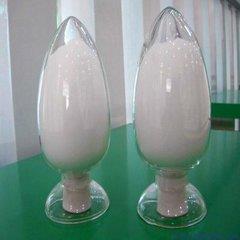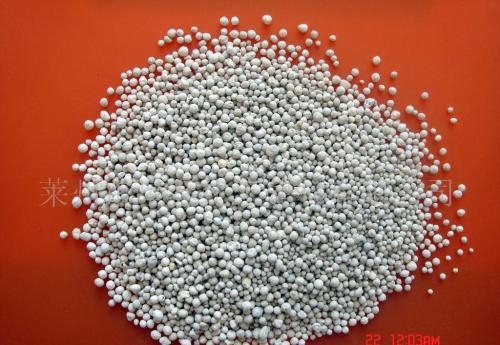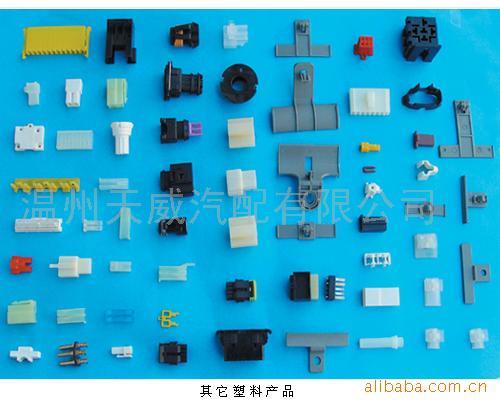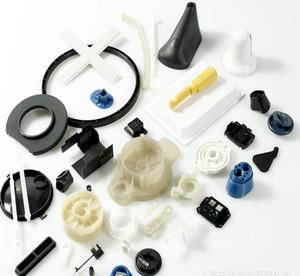Certifications
Address: No. 489, Hongtai 6th Road, Xiaoshan Economic Development Zone, Hangzhou, Zhejiang, China.
The compound anti-aging agent for plastics is a perfect match for it. If used consistently, the effect is indeed quite good.
Compound anti-aging agents for plastics generally use ultraviolet absorbers as the main anti-aging component, and are compounded with some antioxidant materials. They eliminate free radicals in plastic products through hindered phenols, and utilize the special effects of auxiliary antioxidants such as phosphite esters and thioesters to decompose peroxides, so as to achieve the anti-aging purpose of the products.
The compound anti-aging agent for plastics is a perfect match for plastic products. By using it consistently, the properties such as light stability, oxidation resistance, and ultraviolet resistance of the plastic products will gradually improve.

Which additives can be used together with the compound anti-aging agent for plastics?
1. The compound anti-aging agent for plastics is used in combination with light stabilizers:
Light stabilizers are used in plastic molding. When added in a small amount to plastic products, they have a very good light stabilizing effect. If the compound anti-aging agent for plastics is used in combination with light stabilizers in polymer materials, it can play a greater role in resisting ultraviolet rays and can also extend the service life of the compound anti-aging agent.

2. The compound anti-aging agent for plastics is used in combination with light shielding agents:
The function of a light shielding agent is like setting up a barrier between the polymer and the light radiation, preventing the light from directly radiating into the interior of the polymer. This ensures that the interior of the polymer is not harmed by ultraviolet rays, thus effectively inhibiting photo-oxidative degradation, reducing the amount of the compound anti-aging agent used, and lowering the usage cost.

3. The compound anti-aging agent for plastics is used in combination with quenchers:
Quenchers can accept the energy absorbed by the chromophores in the plastics and dissipate this energy in the form of heat, fluorescence or phosphorescence, making them return to the base material, thus protecting the polymer from the damage of ultraviolet rays.

4. The compound anti - aging agent for plastics is used in combination with lubricants:
Lubricants are added during the processing of many thermoplastic and thermosetting plastics as well as synthetic rubbers. They can act as dispersants for compound anti - aging agents, pigments, etc. in the resin system, helping the compound anti - aging agents to be evenly distributed. Meanwhile, they do not affect the thermal stability, appearance color and transparency of the products.

5. The compound anti-aging agent for plastics is used in combination with free radical scavengers:
Free radical scavengers, this type of light stabilizer, can capture the active free radicals generated in polymers, thereby inhibiting the photo-oxidation process and achieving the purpose of light stabilization.







